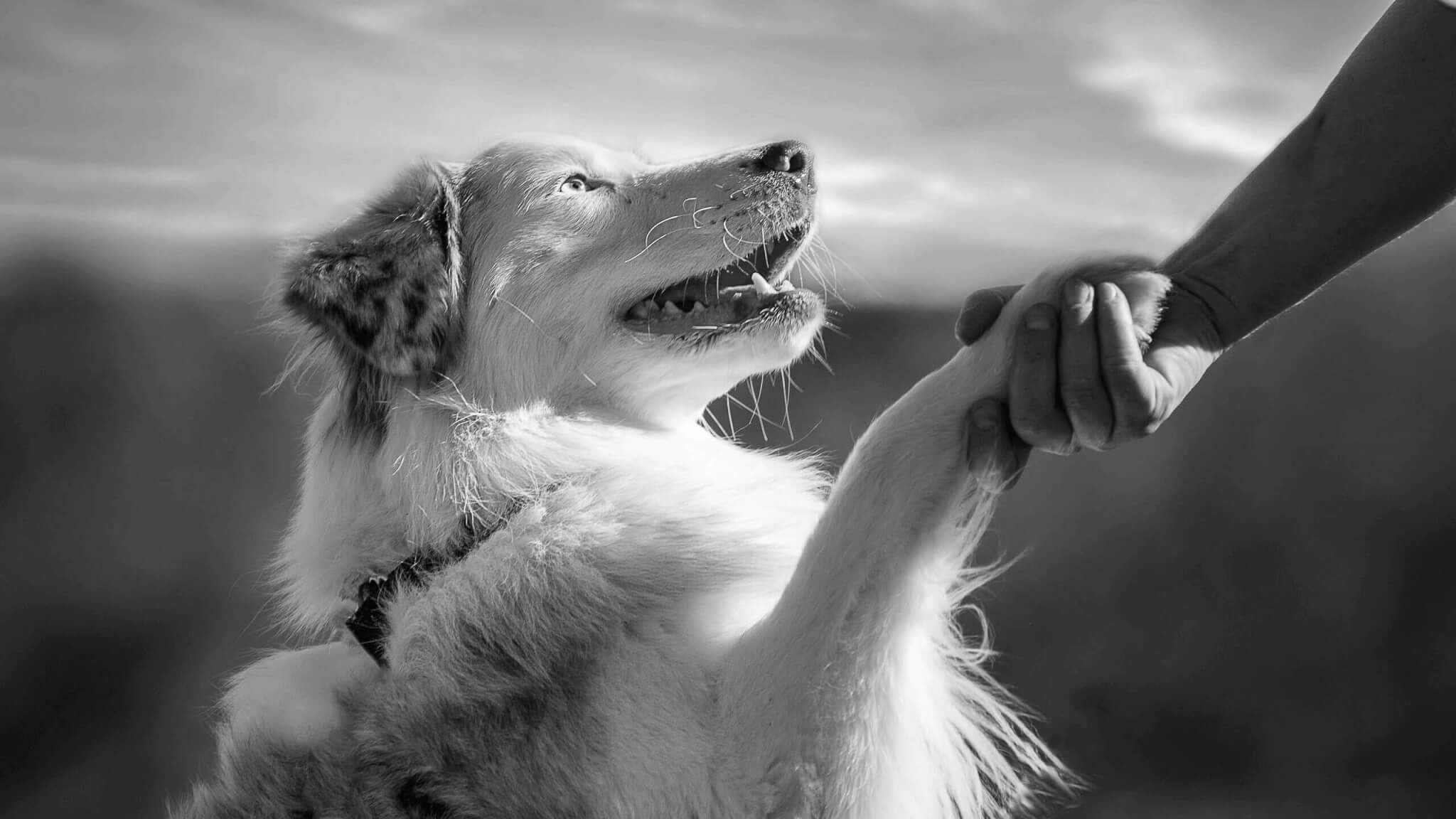Spring is a Time of New Beginnings for Wildlife
As the days grow longer and the weather warms, the natural world comes alive. Animals of all shapes and sizes are welcoming spring’s arrival with the birth of their young.

The Joy of New Life
There is something truly magical about seeing baby animals for the first time. Their tiny bodies, wobbly legs, and curious eyes fill us with joy and wonder.
Spring is a time of hope and renewal, and the birth of new life is a reminder of the beauty and fragility of the world around us.

A Glimpse into the Animal Kingdom
Newborn animals come in all shapes and sizes, from tiny hummingbirds to massive elephants. Each species has its own unique way of welcoming its young into the world.
Some animals, like rabbits and deer, give birth to litters of babies. Others, like lions and tigers, have only one or two cubs at a time.

The Hidden Secrets of Newborn Wonders
There is more to newborn animals than meets the eye. These tiny creatures are full of surprises.
For example, did you know that baby elephants are born with tusks? Or that baby giraffes can stand up just hours after they are born?
Tips for Observing Newborn Animals
If you want to experience the joy of seeing newborn animals in the wild, there are a few things you can do.
First, be patient. It takes time for animals to get used to people. Second, be respectful. Do not approach animals too closely or disturb their young.

Fun Facts About Newborn Animals
Here are a few fun facts about newborn animals:
- Baby elephants are born weighing about 200 pounds.
- Baby giraffes are born about 6 feet tall.
- Baby rabbits are born blind and hairless.
- Baby tigers are born with blue eyes.
- Baby penguins are called chicks.
How to Help Newborn Animals
There are a few things you can do to help newborn animals.
First, protect their habitat. Keep your distance and do not disturb them.
Second, report any injured or orphaned animals to the authorities. Third, donate to organizations that help protect and care for wildlife.

What if You Find a Newborn Animal?
If you find a newborn animal, do not approach it. Contact the authorities or a wildlife rehabilitation center immediately.
It is illegal to keep wild animals as pets.

Listicle of Newborn Wonders: Animals Welcoming Spring’s Arrival
Here is a listicle of some of the most amazing newborn animals that welcome spring’s arrival:
- Baby elephants
- Baby giraffes
- Baby rabbits
- Baby tigers
- Baby penguins

Questions and Answers About Newborn Wonders: Animals Welcoming Spring’s Arrival
Here are four questions and answers about newborn wonders: animals welcoming spring’s arrival:
- What is the most common type of newborn animal?
The most common type of newborn animal is a baby bird. - What is the largest newborn animal?
The largest newborn animal is a baby elephant. - What is the smallest newborn animal?
The smallest newborn animal is a baby hummingbird. - What is the most endangered newborn animal?
The most endangered newborn animal is a baby giant panda.
Conclusion of Newborn Wonders: Animals Welcoming Spring’s Arrival
The birth of new animals is a reminder of the beauty and fragility of the world around us. It is a time to celebrate the wonders of nature and to cherish the creatures that share our planet.